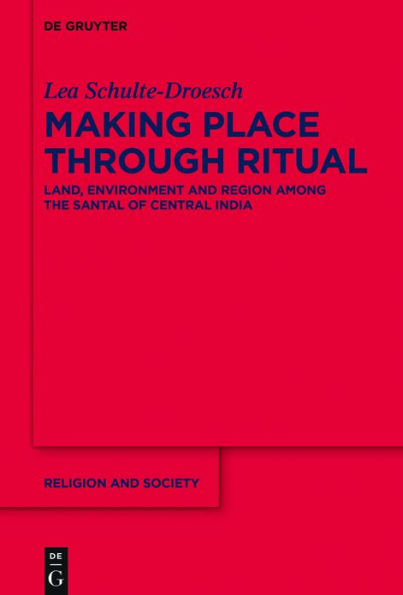In three chapters the book discusses how the Santal "make place" on different local, regional and global levels through their rituals: They reaffirm their ancestral roots in their land during large sacrificial rituals. They offer sacrifices to the dangerous deities of the forest in exchange for rain. And they claim their region to be a "Santal region" through large festivals celebrated in sacred groves, which they link to national and global discourses of indigeneity and environmentalism.
Through an analysis of the rituals of a specific society, this book addresses broader issues. It presents an example of how to study religion as a practical activity. It portrays culture-specific perceptions of the environment. And last, the book underlines the potential that lies in choosing place as a lens to study social phenomena in context.
In three chapters the book discusses how the Santal "make place" on different local, regional and global levels through their rituals: They reaffirm their ancestral roots in their land during large sacrificial rituals. They offer sacrifices to the dangerous deities of the forest in exchange for rain. And they claim their region to be a "Santal region" through large festivals celebrated in sacred groves, which they link to national and global discourses of indigeneity and environmentalism.
Through an analysis of the rituals of a specific society, this book addresses broader issues. It presents an example of how to study religion as a practical activity. It portrays culture-specific perceptions of the environment. And last, the book underlines the potential that lies in choosing place as a lens to study social phenomena in context.

Making Place through Ritual: Land, Environment and Region among the Santal of Central India
390
Making Place through Ritual: Land, Environment and Region among the Santal of Central India
390
Product Details
| ISBN-13: | 9783110539738 |
|---|---|
| Publisher: | De Gruyter |
| Publication date: | 09/10/2018 |
| Series: | Religion and Society , #75 |
| Pages: | 390 |
| Product dimensions: | 6.10(w) x 9.06(h) x (d) |
| Age Range: | 18 Years |
